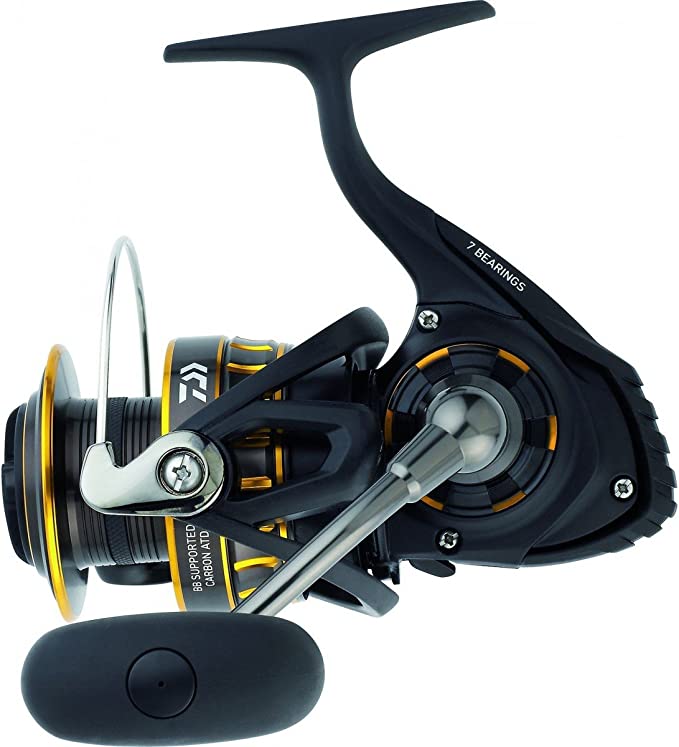The Geometry of Retention: Safeguarding Implants with Fluid Dynamics
Update on Nov. 18, 2025, 11:39 a.m.
When a patient invests in dental implants, they are often told they have received a “second chance” at a permanent smile. What is less frequently discussed is the biological trade-off involved. Unlike natural teeth, dental implants lack the periodontal ligament—a specialized tissue that acts as both a shock absorber and a vascular supply line. This absence creates a biological vulnerability: the tissue seal around an implant is weaker and less supplied with immune-fighting blood cells than that around a natural tooth.
Consequently, the margin for error in oral hygiene shrinks dramatically. The threat isn’t just cavities (titanium doesn’t decay); it is peri-implantitis, a destructive inflammatory process driven by biofilm accumulation that can lead to rapid bone loss and implant failure. Preserving this investment requires more than just “cleaning”; it requires a targeted hydrodynamic strategy. This is where engineering solutions like the Waterpik DT-100E Cordless Advanced move beyond being simple conveniences to becoming essential instruments of asset preservation.

The Micro-Anatomy of the Problem
To understand the necessity of specialized tools, we must look at the geometry of a fixed implant bridge (often called a “hybrid denture” or “All-on-4”). These prosthetics sit atop the gum ridge, often creating a concave surface underneath—the “intaglio” surface. This area creates a protected harbor for anaerobic bacteria, inaccessible to standard toothbrush bristles and extremely difficult to navigate with traditional floss threaders.
Furthermore, standard floss carries a hidden risk: clinical studies have shown that floss fibers can sometimes shred and become trapped in the rough surface of the implant collar. These microscopic remnants can act as a foreign body, triggering the very inflammation (mucositis) patients are trying to avoid.
Hydrodynamics vs. Mechanical Scraping
The Waterpik DT-100E addresses this biological challenge through fluid shear stress. Rather than relying on the physical friction of string, it uses a pulsating column of water to disrupt the biofilm matrix.
Research indicates that pulsating water at specific pressures (45-75 PSI in this device’s case) creates a compression and decompression phase. This does two things:
1. Disruption: The shear force detaches the sticky extracellular matrix of the biofilm from the titanium surface.
2. Flushing: The fluid momentum carries the detached pathogens and food debris out of the deep pockets and from under the bridge pontics.
Crucially, this hydrodynamic action is non-abrasive. It cleans the sensitive transmucosal zone (where the gum meets the metal) without scratching the implant surface or traumatizing the delicate soft tissue seal.
Decoding the DT-100E Tip Architecture
The defining feature of this specific configuration is the Implant Denture Tip (DT-100E). A standard jet tip is straight, designed to shoot water perpendicular to the teeth. However, effective implant maintenance often requires a lingual approach—cleaning from the tongue side outwards.
The DT-100E tip features a unique, hook-like curvature. This geometry is not an aesthetic choice; it is a functional necessity designed to navigate the “ridge lap”—the area where the denture overlaps the gum. The curve allows the water stream to wrap around the bulk of the prosthesis and direct the cleaning force precisely into the gap between the gum and the bridge, a trajectory impossible to achieve with a straight nozzle.

Engineering for Compliance
While the tip architecture addresses the biological need, the device’s form factor addresses the behavioral need. The “Cordless Advanced” chassis is significantly quieter than previous generations, reducing the sensory load of the daily routine.
The 360-degree tip rotation is particularly critical for implant patients. Fixed bridges often have four or more anchor points spread across the arch. Reaching the posterior (back) implants requires awkward hand angles. The rotating tip allows the user to maintain an ergonomic grip while the nozzle orientates itself to the necessary vector, ensuring that the critical lingual surfaces are not neglected due to wrist fatigue or poor visibility.
A Protocol for Preservation
For those managing complex restorations, the Waterpik DT-100E is best utilized not just as a “flosser,” but as a targeted delivery system: * Pressure Management: Start at the lower end of the 45-75 PSI range. The goal is to flush, not to blast. Excessive pressure on the mucosal seal is unnecessary for biofilm disruption. * Vector Control: Use the curved DT-100E tip to approach from the lingual side, aiming the stream through the gap to the facial (lip) side. This pushes debris out of the mouth rather than impacting it further against the gum. * Consistency: Biofilm begins to re-organize within hours. The cordless nature of this device removes the friction of setup (plugging in, unraveling cords), facilitating the daily consistency required to prevent peri-implant mucositis from advancing to peri-implantitis.
In the context of implant longevity, the cost of the tool is negligible compared to the cost of treating failure. By aligning cleaning mechanics with implant biology, users shift from passive maintenance to active preservation.



















